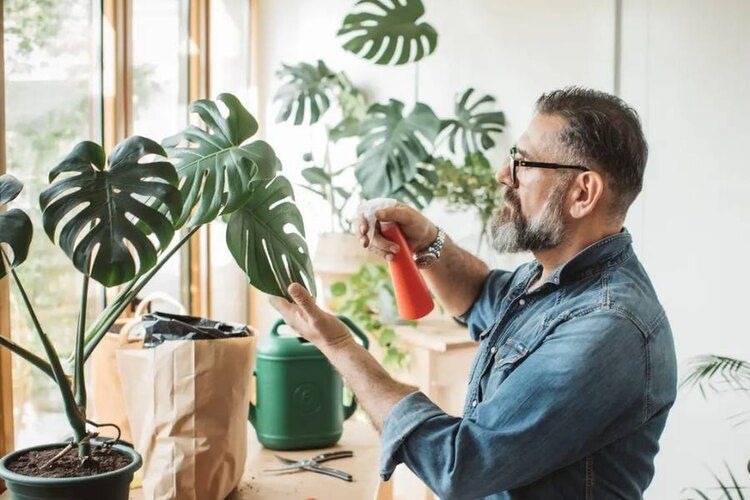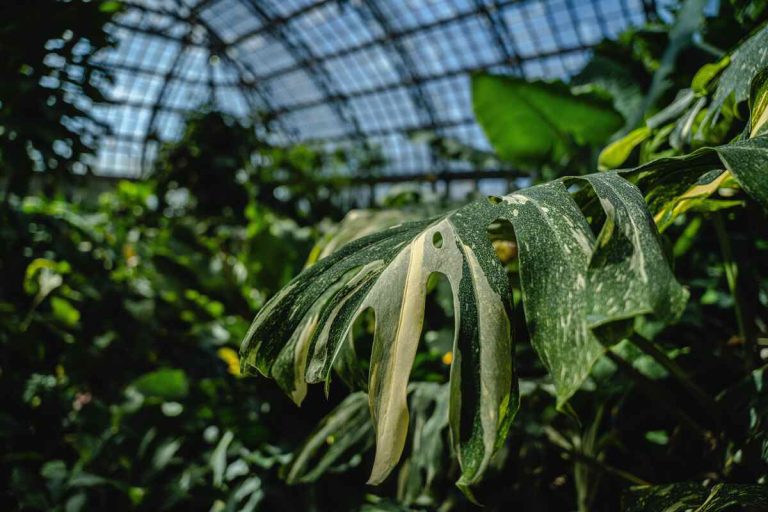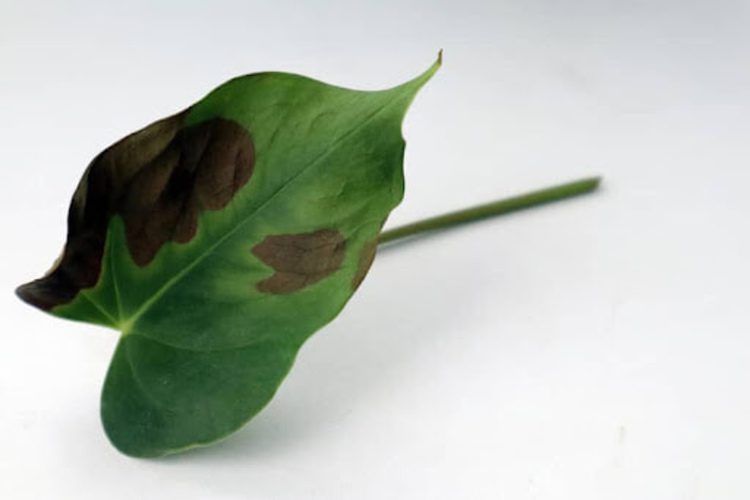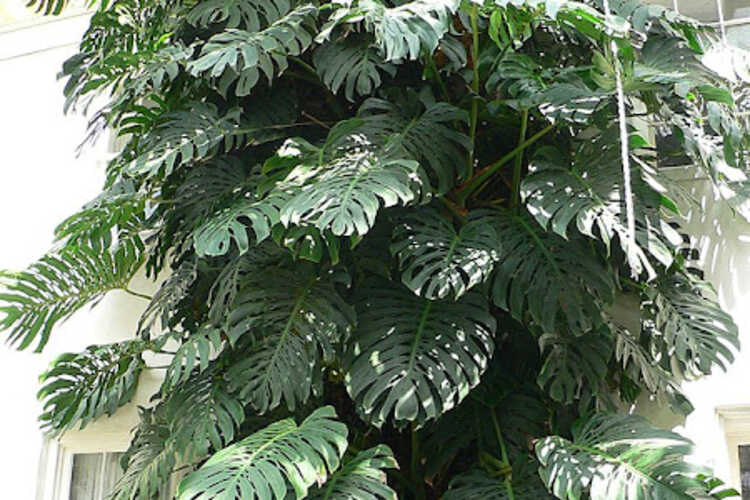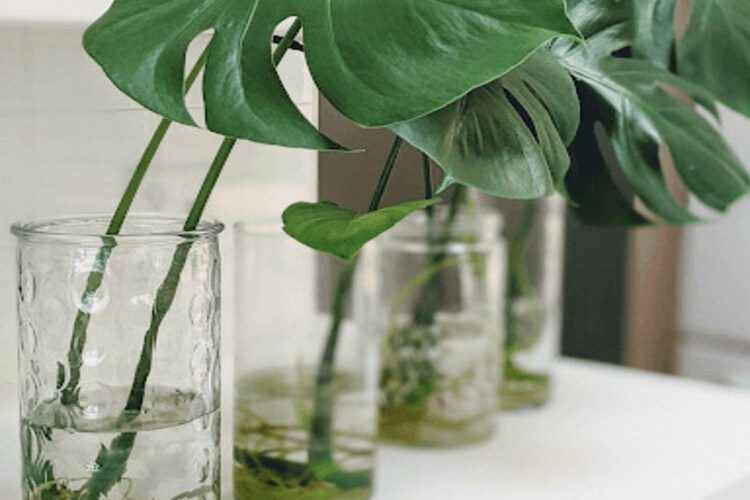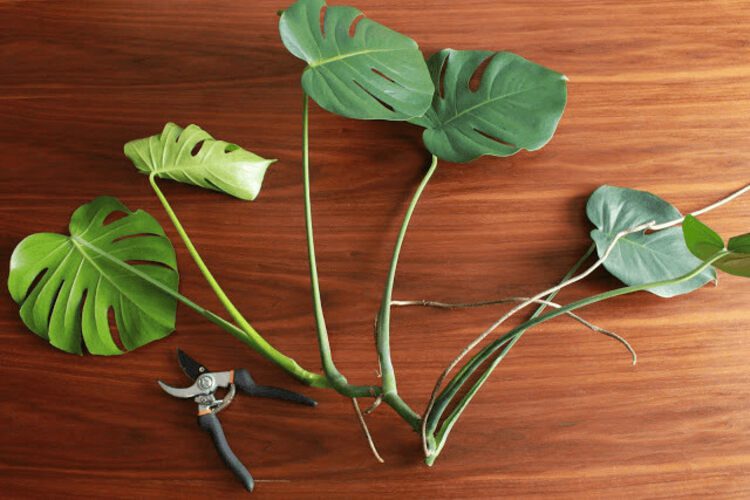Can Monstera Live Outside? Answer Reveal
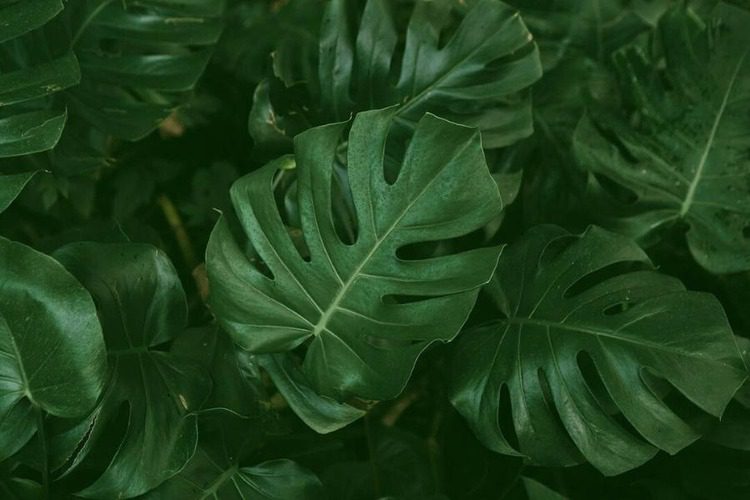
Monsteras are popular tropical plants because they add a cool corner to your home with their tropical foliage and large leaves while remaining very easy to care for.
Can Monstera live outside? Yes, it actually can. Even when taken outside, it can live and thrive if you put it in a partially shaded area where direct sunlight cannot reach it and there is high humidity. To learn more about this useful knowledge, read the article below to understand how to care for outdoor Monstera!
Can Monstera Live Outside?
Yes. Monstera can live outside. Its favourite USDA hardiness zones are 10 through 12. Zone 10 in the USA includes the equatorial regions of the North and parts of Southern California, South Florida, and Hawaii. Zone 11 is mostly in America’s deep southern half, including Puerto Rico, Hawaii, and the Florida Keys. Zone 12 is a bit colder, like Alaska or Puerto Rico. In terms of humidity, the houseplants can tolerate low moisture. The best humidity that Monstera Deliciosa loves is around 40–60%.
Monstera in the wild can be found growing in tropical rainforests across Central and South America. These rainforests have warm, humid climates with plenty of rainfall. Monstera plants thrive in these conditions and can grow quite large. If you live in a climate that is similar to the tropical rainforest, you can grow Monstera plants outdoors. However, if your climate is cooler, you will need to grow them indoors.
How Cold Can Monstera Tolerate?
The ideal temperature for growing this plant is between 65 and 85 °F. In places with cold temperatures, the plant can tolerate temperatures down to 50°F, but it is best to bring it indoors when the temperature reaches its limit.
For this reason, you can sometimes leave the plant outside in the winter, but remember to bring it indoors when the temperature reaches its limit. In winter, you need to regularly spray mist because, during cold weather, the humidity in the environment will often decrease.
Where Should I Put Monstera Outside?
Sunlight
They love semi-shaded positions where there is a lot of indirect, bright light because exposure to direct sunlight can cause the ZZ plant to burn.
You can grow Monstera outside in many ways, as long as you ensure enough shade. You can plant it under tall trees or install a canopy above the outdoor plants. If you’re growing them in pots, try taking the pot out for a few hours (ideally on cloudy days) and then bringing it indoors to get the right amount of light.
Humidity
Monstera thrives in natural habitats with humidity between 40 and 60%. This is the ideal humidity often found in tropical rainforests. So, ensure that the place you plant them can offer this moisture. However, where you grow this houseplant, it may not be able to meet this ideal range.
Therefore, it is necessary to regularly add moisture by misting Monstera, especially in regions with hot, dry climates. Some other ways to add moisture are to plant them with other plants to balance the humid environment or to place a pot of water next to the plant. Another caveat is that this plant needs well-draining sites that are not too close to a water source like a river or lake. Planting in a place with a high risk of standing water that is difficult to drain can cause the houseplant to become waterlogged.
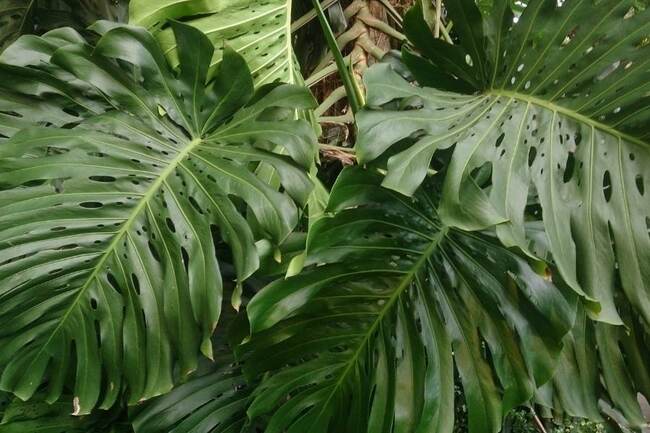
How To Acclimatize Monstera To Living Outside?
You cannot simply transport potted plants indoors or outdoors to acclimatize them.
Indoor conditions will always differ in temperature and humidity, so planting Monstera outside too suddenly can lead to plant shock.
Instead, try acclimatizing the plant slowly to its new environment by taking it outside for a few hours a few times a week.
- In the early days, choose cloudy days and move them to a shady spot. When it gets dark and the temperature gradually drops, bring the plant indoors and repeat this for about 2-3 days.
- Over the next few days, expose the plant to direct sunlight (preferably morning light instead of noon) and continue to bring it back into the shade. Repeat this 2-3 times a week, gradually increasing your time in the sun.
How To Take Care Of A Philodendron Monstera Outside?
Soil
The Monstera plant prefers humid, humus-rich, yet loamy, well-drained soil with a pH between 5.5 and 7. You can mix organic matter, fertilizers, or compost to make the soil more porous. When choosing fertilizers, it is important to choose one that is specifically formulated for Monstera plants. They should also be avoided in heavy or highly compacted soil because it is difficult to drain and easily suffocates the plant.
Fertilizing
Remember to fertilize them every month with either liquid or slow-release fertilizers, but care should be taken to avoid leaf burn when using liquid fertilizer. The effect of the liquid will be faster, and the plant will absorb nutrients better. Still, it is necessary to monitor and be careful with fertilizer flow because it will easily cause leaf burn when using liquid fertilizer.
Watering
Monstera Deliciosa likes to be watered, but not soaking wet. Regular watering is necessary, especially during the summertime. It may be easier to provide moisture if you plant it next to other plants. With potted plants, it requires you to pay attention to misting them. Mulching a layer of mulch about 2–6 inches thick will help the soil retain moisture better when watering.
Pest
Growing Monstera plants outside puts them at greater risk of attracting disease-causing insects like thrips on the leaves, spider mites, fungus gnats, or whiteflies.
You should pay close attention to the plant’s unusual signs, such as yellowing leaves, black or brown spots, fungus, or white mold. If you see these signs, you must keep the diseased plant away from other plants to avoid spreading. To control pests, you can use several methods, like Pyrethrins, neem oil, or insecticidal soap.
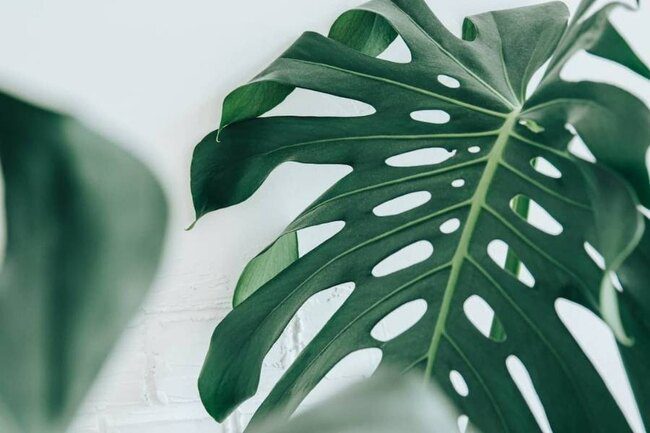
Conclusion
Can Monstera live outside? Not only are they able, but these plants also thrive and adapt well. If you want to grow your Monstera outdoors successfully, move the plant to an area with full shade and high humidity. Moreover, make sure that the acclimatizing procedure occurs gradually without any immediate transfer.
FAQs


